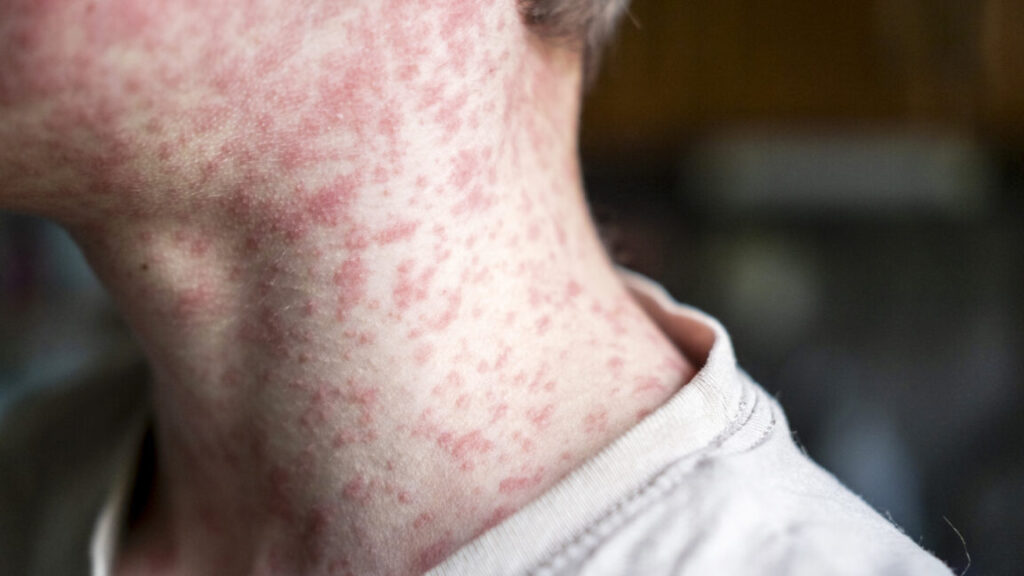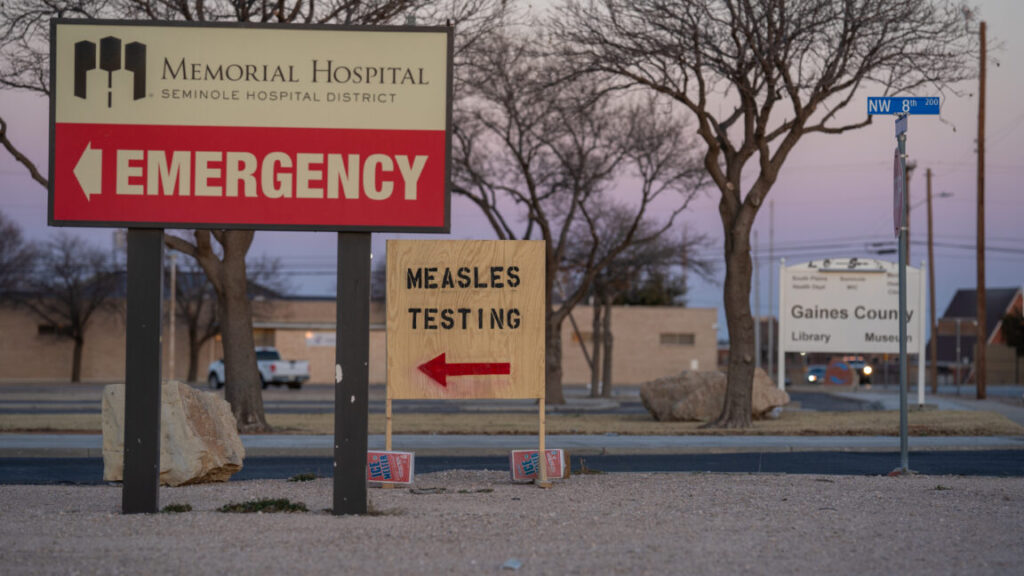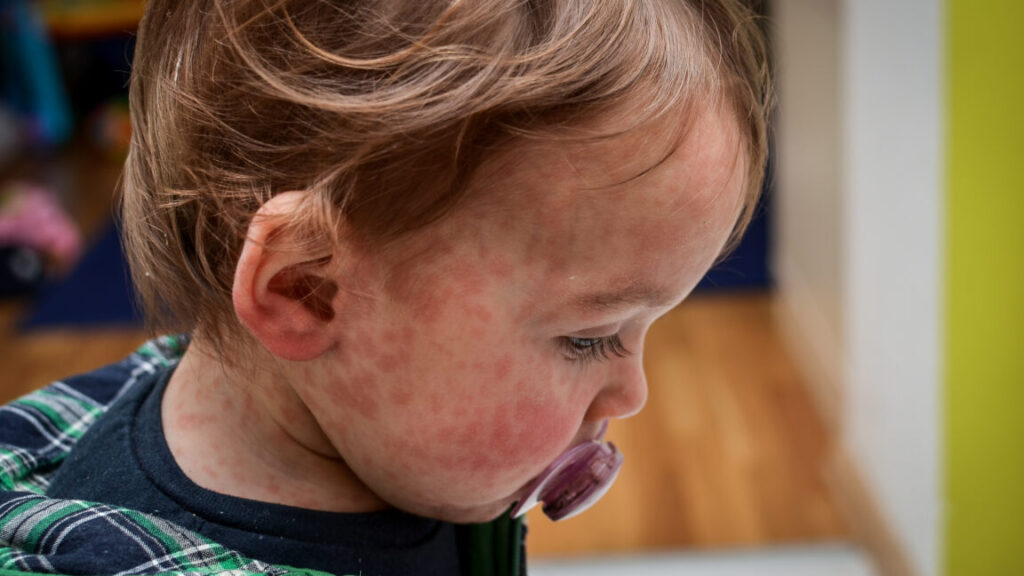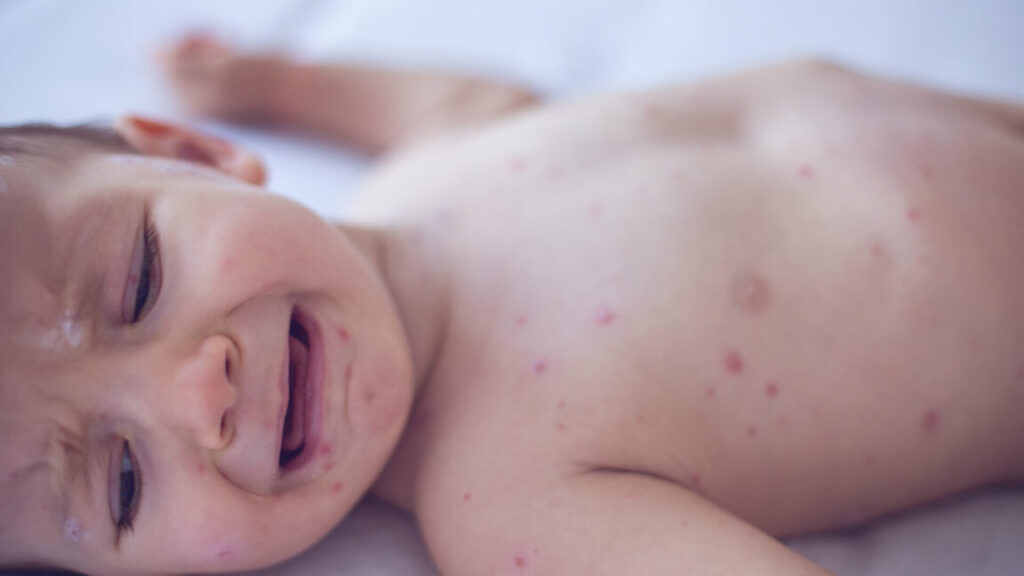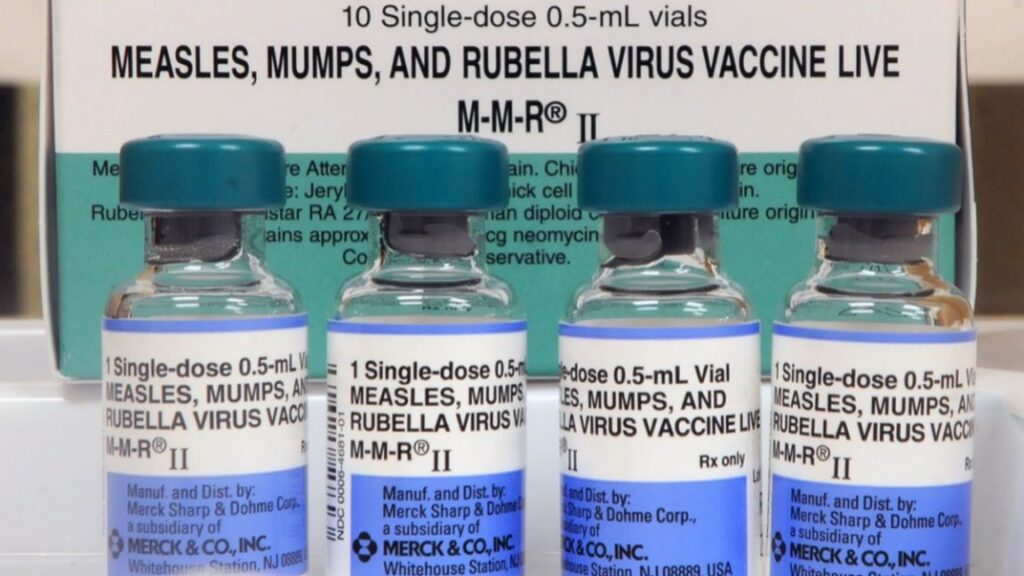Over 250 people quarantined in South Carolina as measles outbreak rages
The quarantine period for measles is 21 days from the exposure, which is the maximum incubation period before the tell-tale rash appears. Measles is highly infectious, with up to 90 percent of unvaccinated or otherwise vulnerable people contracting the virus upon exposure. People infected with measles are infectious from four days before the rash appears to four days after its onset.
The outbreak is occurring in the northern region of South Carolina, with many cases identified in Spartanburg County, which contains Inman, as well as Greenville County. Both counties have low vaccination rates. For the 2024–2025 school year, only 90 percent of Spartanburg students were vaccinated, while Greenville’s vaccination rate was 92.4 percent. Those numbers are well below the 95 percent target needed to halt community transmission.
The two counties’ low vaccination rates are coupled with high rates of religious exemptions. Spartanburg has the state’s highest rate, with 8.2 percent of students exempt from the school vaccination requirement based on religious beliefs. Neighboring Greenville has a religious vaccination exemption rate of 5.3 percent.
Of the 111 outbreak cases, 105 were unvaccinated, three were partially vaccinated, two had an unknown status, and one case was fully vaccinated.
On a national scale, vaccination rates have declined overall amid misinformation spread by anti-vaccine activists, including current Health Secretary Robert F. Kennedy Jr. As such, measles cases are at a 33-year high, with nearly 2,000 cases this year and 46 outbreaks.
Over 250 people quarantined in South Carolina as measles outbreak rages Read More »
